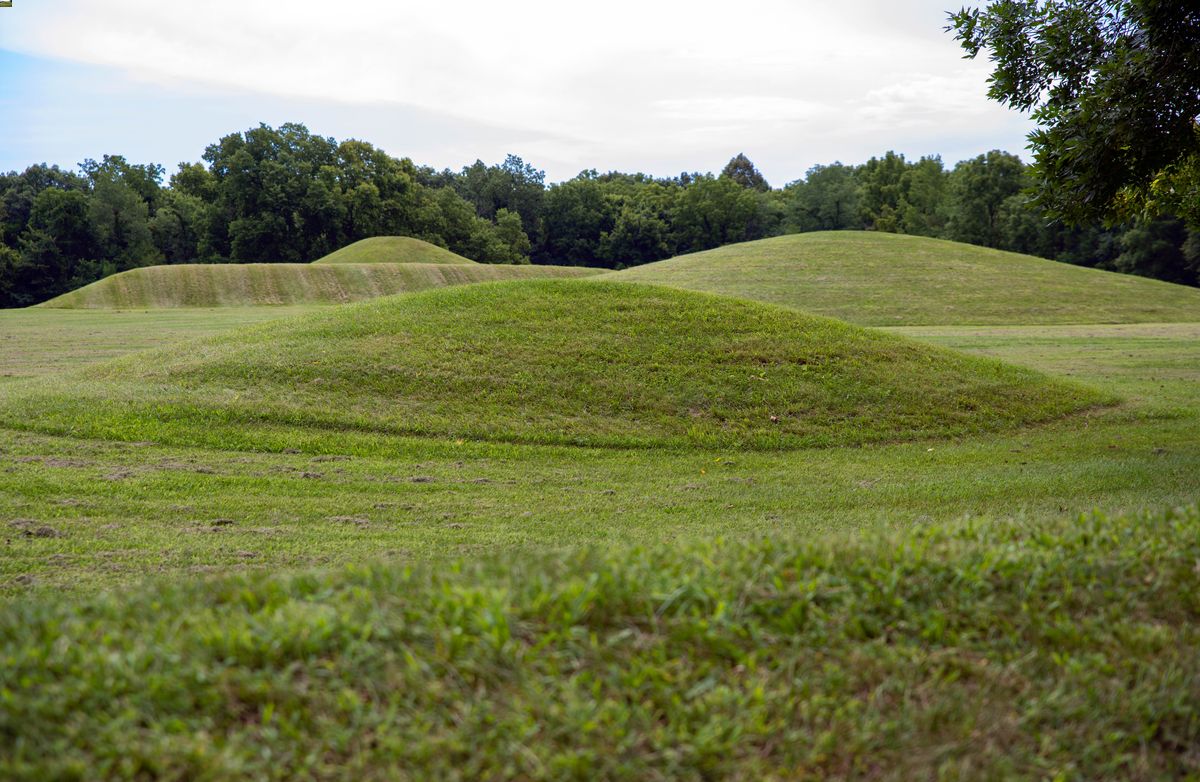Secrets Of Michigan’s Ancient Burial Mounds

Have you ever wondered about the mysteries hidden beneath Michigan's soil? The ancient burial mounds scattered across the state hold secrets from civilizations long gone. These mounds, built by Native American tribes, offer a glimpse into their rich history and culture. Imagine standing where ancient rituals took place, feeling the connection to a time when the land was untouched by modern development. Visiting these sites not only provides a unique historical perspective but also a chance to appreciate the natural beauty surrounding them. Ready to uncover the past? Let's dive into the fascinating world of Michigan's ancient burial mounds.
Discovering Michigan's Ancient Burial Mounds
Michigan holds a treasure of ancient history, hidden in its landscapes. These burial mounds, created by Native American cultures, offer a glimpse into the past. Let's explore some of these fascinating sites.
1. Norton Mounds
Located in Grand Rapids, the Norton Mounds are a group of 17 burial mounds. Built by the Hopewell culture around 2,000 years ago, these mounds are a significant archaeological site. Visitors can learn about the artifacts and the people who built them.
2. Niles Mounds
Situated near the St. Joseph River, the Niles Mounds are another example of Hopewell craftsmanship. These mounds were used for burials and ceremonies. The site provides insight into the complex social and spiritual lives of the Hopewell people.
3. Sumnerville Mounds
In Cass County, the Sumnerville Mounds stand as a testament to the region's ancient inhabitants. These mounds, built by the Hopewell culture, contain burial sites and artifacts. The area is rich in history and offers a unique look into prehistoric life.
4. Grand Mound
Grand Mound, located in the Upper Peninsula, is one of the largest burial mounds in Michigan. This mound, built by the Woodland culture, dates back over 1,000 years. It offers a fascinating glimpse into the burial practices and social structures of the time.
5. Mound Road Mounds
Found in the Detroit area, the Mound Road Mounds are a group of ancient burial sites. These mounds, created by the Hopewell culture, contain artifacts that reveal much about the people who built them. The site is an important part of Michigan's archaeological heritage.
6. Fort Wayne Mounds
Near Detroit, the Fort Wayne Mounds are part of a larger historic site. These mounds, built by the Hopewell culture, were used for burials and ceremonies. The area also includes a historic fort, making it a fascinating destination for history enthusiasts.
7. Muskegon Mounds
Located along the Muskegon River, the Muskegon Mounds are a series of ancient burial sites. These mounds, created by the Hopewell culture, contain a wealth of artifacts. The site offers a unique look into the lives of Michigan's early inhabitants.
8. Traverse City Mounds
In the picturesque area of Traverse City, the Traverse City Mounds are a group of ancient burial sites. These mounds, built by the Hopewell culture, provide insight into the region's prehistoric past. The area is not only beautiful but also rich in history.
9. Lapeer Mounds
Located in Lapeer County, the Lapeer Mounds are another example of ancient burial sites in Michigan. These mounds, created by the Hopewell culture, contain artifacts that shed light on the lives of the people who built them. The site is an important part of Michigan's archaeological record.
10. Saginaw Mounds
The Saginaw Mounds, located in the Saginaw Valley, are a group of ancient burial sites. These mounds, built by the Hopewell culture, offer a glimpse into the region's prehistoric past. The area is rich in history and provides valuable insights into the lives of Michigan's early inhabitants.
Michigan's Ancient Burial Mounds: A Glimpse into the Past
Michigan's ancient burial mounds offer a unique window into the lives of the region's early inhabitants. These mounds, scattered across the state, reveal fascinating details about the customs, beliefs, and social structures of the Native American tribes who built them. Visiting these sites not only provides a deeper understanding of Michigan's history but also fosters a greater appreciation for the rich cultural heritage that has shaped the state.
Exploring these ancient mounds can be a rewarding experience for history buffs, nature lovers, and anyone curious about the past. Whether you're hiking through the lush landscapes of the Upper Peninsula or visiting the well-preserved mounds in the Lower Peninsula, each site tells a story that connects us to the people who once called this land home. So next time you're in Michigan, take some time to uncover the secrets of these ancient burial mounds.

